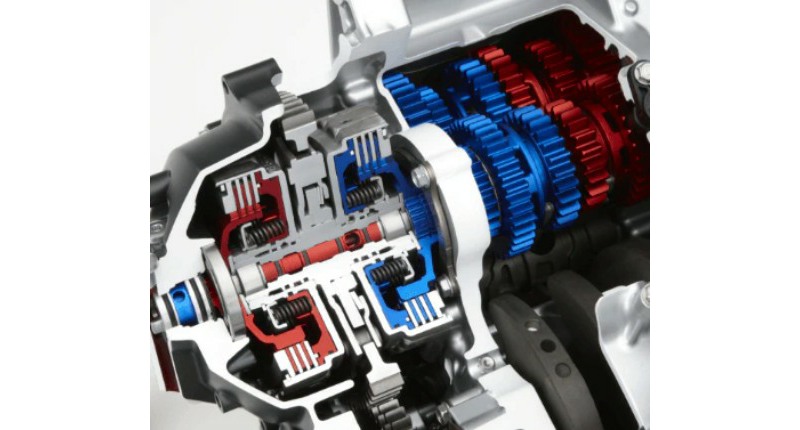Ask the Editors: Explain The Honda DCT

Honda’s unique transmission explained.
Well, the ends result (the Continuously Variable Transmission) isn’t really unique with Honda’s Dual Clutch Transmission, but rather the interaction between the rider and the machine is different. How so? The DCT allows the rider to shift gears manually using up and down arrow switches on the handlebar.

The closest system we can compare it to would be the paddle shifters found in supercars. There is no clutch to engage and no foot shifter to actuate. The beauty of the system, unlike the automatic clutches of yesteryear, is that manually shifting is completely optional with the DCT. If you’d rather not mess with choosing shift points, it operates like a fully automatic CVT system.
Honda introduced the system to the public back in 2010 and has been perfecting it ever since. In fact, it can now be found as an option on nearly every type of machine Honda offers (street and off-road motorcycles, ATVs and SxSs).
As for how it works – the clue can be found in the name as it literally contains two clutches spread out across 6 forward gears (one for the even gears and one for the odd).
Since a single clutch doesn’t ever have to bear the the burden of engaging and disengaging between one gear to the next (like from first gear to second, for example), the shift is experienced as seamless.
It also receives commands from the rider’s button presses to change gears sequentially, again allowing the opposite clutch of the one currently in use to step in so that stalling is impossible and the shift always smooth.

